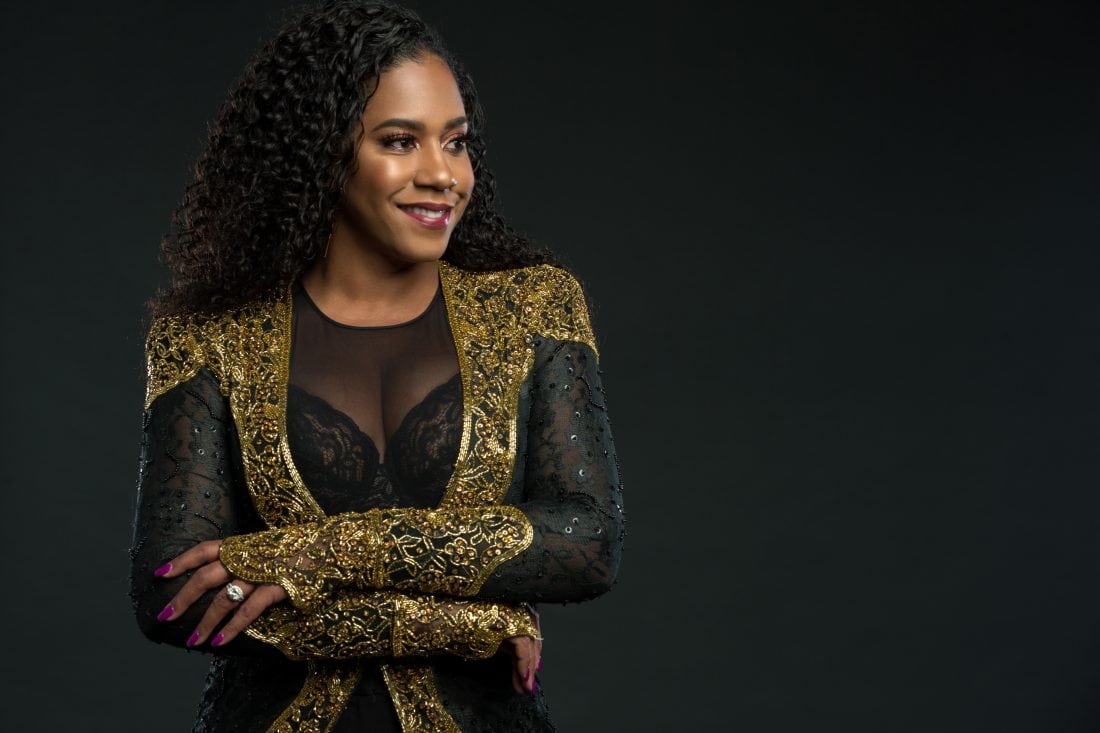In these times, business leaders have to be smart. And not just Master’s-in-business-administration smart. Today’s marketplace demands companies to possess an intelligence not currently being developed through any college course. It’s called ‘gender intelligence.’
Lately, we’ve been seeing the consequences of a company that had failed to embrace gender intelligence. It’s been a rough year for Uber.
Wading through one PR crisis to the next, the ride-hailing company has lost about half a dozen senior staff members, including its top communications executive. And ever since a former Uber engineer’s blog post went viral in February, alleging a culture of sexual harassment that went ignored, the company has called for an independent investigation of itself. Despite board member Arianna Huffington insisting that sexual harassment is not a “systematic problem” for the $70 billion company, Uber has accepted it is need of a culture change.
The majority male company is just the kind of audience Barbara Annis had in mind when she co-authored the book Results at the Top: Using Gender Intelligence to Create Breakthrough Growth. The communications expert and creator of the term ‘gender intelligence’ has just published the first book of its kind written specifically for men to learn how they can help advance women in the workplace. Annis says gender diversity can’t be achieved without them.
In the book, Annis explains how having women on boards and in leadership positions is almost universally connected to better performance. She coaches male leaders on how they can achieve gender parity.
“It’s actually not a difficult conversation, but it’s perceived to be that way,” Annis says. “They key is how you handle and frame the discussion. You must move beyond blame.”
How can you promote the conversation among male leaders? Here are the basics.
The idea
Annis describes gender intelligence as the understanding, valuing and inclusion of gender differences.
Decades of neuroscience research have revealed important differences between the male and female brain. They’re wired differently and that means they have to function differently in business. They’ll respond to stress, solve a challenge and communicate to team members in different ways. It’s not that one way is better or smarter than the other, they each of their advantages, but understanding them will clear up much of the confusion and misconceptions that prevent companies from success.
“It is a shift from viewing men and women as equal in number to equal in value,” she says.
When colleagues can recognize the unique differences in men and women, celebrate them as advantages and learn to work within that space, Annis says they can be more successful.
It is not gender-blindness, the idea that men and women think and act the same way. Instead, Annis encourages and appreciates “difference-thinking.”
The incentive
Annis wants male leaders to embrace gender intelligence, not simply because of the social pressure, but also because she knows it will help launch them to greater profits. Helping companies understand and appreciate the different ways men and women think and act encourages them to bring more diversity to management and upper level positions.
In turn, that helps them better connect to the marketplace.
“Women are graduating in greater numbers than men globally,” Annis says of the added incentive to hire on women. “And, 82% of consumer spending is done by women.”
The process
Annis starts by walking readers through the science behind her workplace theories. She explains the chemicals and anatomy that contribute to barriers between genders, then she explains how the most successful companies implement these ideas.
Though Results at the Top is written for men, women can also gain important perspective from the book.
“One of the key factors women always ask us is how they can be more effective in communicating with men to build their credibility.”
It’s a lesson Annis learned herself after achieving incredible success at Sony, where she was the first woman in sales and went on to become first female sales manager. Though she was forging a path for women within the company, she may not have been changing the company’s culture.
“I was just trying to fit in and be one of the boys because I thought that was the key to success,” Annis admits.
Annis worked hard to emulate what she calls the “alpha male way of leading,” but it wasn’t until she understood gender intelligence that she could see the potential for women to be themselves and, in that, provide great value to a company.
Now, she sees her teachings making important impacts.
“I recently worked with an executive at a sales division at Ericsson [an informations and communications technology company]. After our work together, he mentioned how not only did his personal and family life improve, but so did his division at Ericsson.”
Through helping companies build this type of intelligence, she’s offering some assurance they’ll avoid some of the headlines plaguing even the smartest companies. Even in our digital world, technological advancement isn’t enough. Consumers demand gender advancement.








